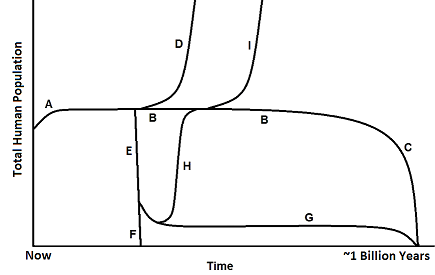GCRI has a new academic paper out. Adaptation to and Recovery from Global Catastrophe, by Tim Maher and Seth Baum, has been accepted for publication in Sustainability. (Click here for a nontechnical summary.) This paper analyzes the possibility that survivors may adapt to post-catastrophe conditions, recover civilization, and perhaps even go on to colonize space. The paper considers both the importance of adaptation/recovery and how adaptation/recovery may proceed.
Adaptation and recovery from global catastrophe could be a crucial feature in the fate of human civilization in the universe. Earth will remain habitable for approximately one billion years from now, at which point the Sun transitions to a Red Giant and becomes too warm and large for life on Earth. Humanity can survive for much longer and achieve great anthropocentric and ecocentric value across the universe if we colonize space prior to the Sun’s transition to a Red Giant. Global catastrophes threaten this possibility. Therefore, if humanity can successfully adapt to and recover from global catastrophes then we could potentially go on to colonize space.
Research on socio-ecological resilience could be especially useful for figuring out how adaptation and recovery from global catastrophes could proceed. Resilience is the ability of a system to withstand a shock and a global catastrophe would be a very large shock for humanity and civilization to withstand. Changes in the environmental and social conditions of post-catastrophe survivors could result in new stressors that survivors must overcome. By analyzing the environmental and social stressors associated with global catastrophe scenarios, we can identify plans for promoting successful adaptation and recovery.

Rough sketch of the total human population over time for several different scenarios. Click for details.







